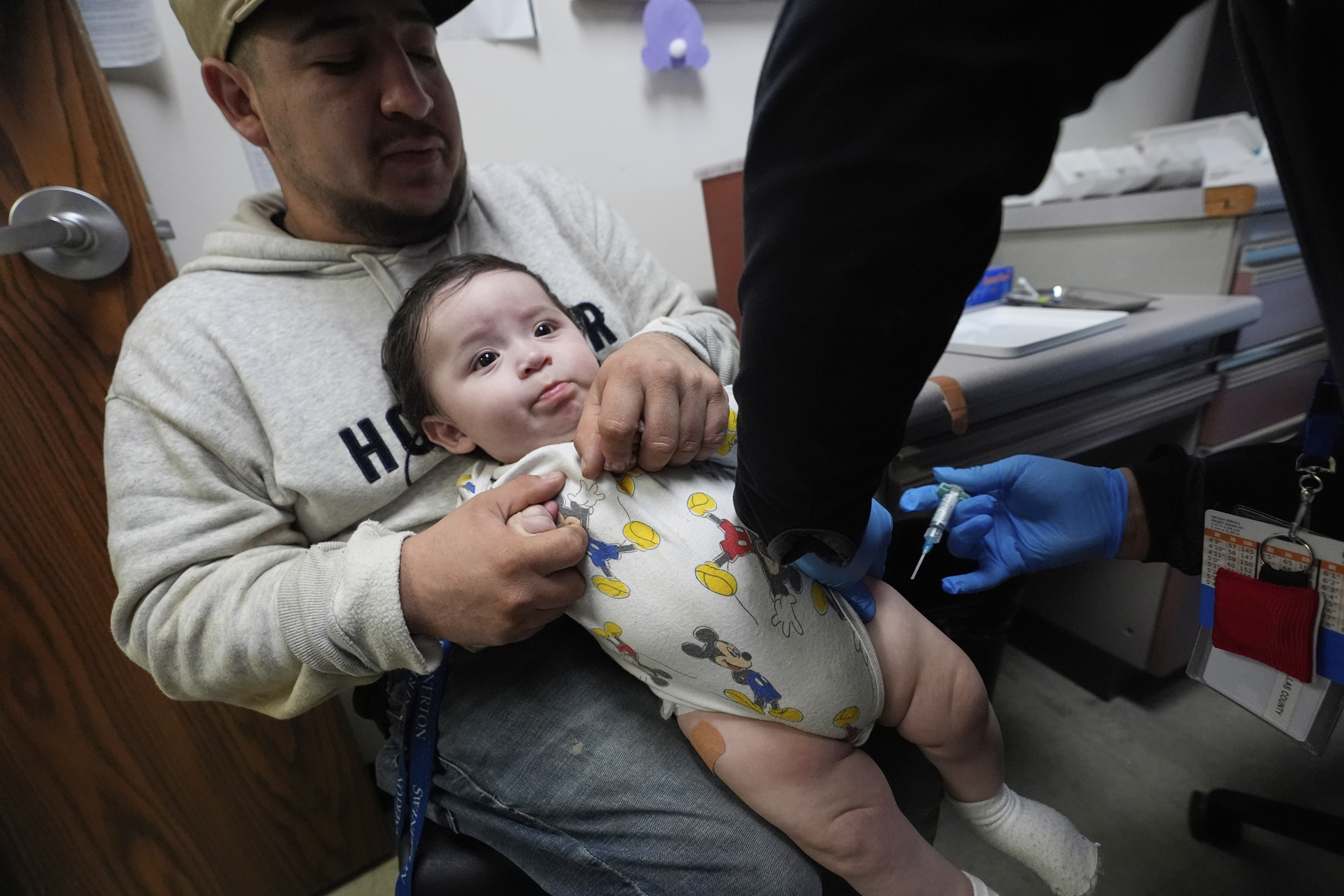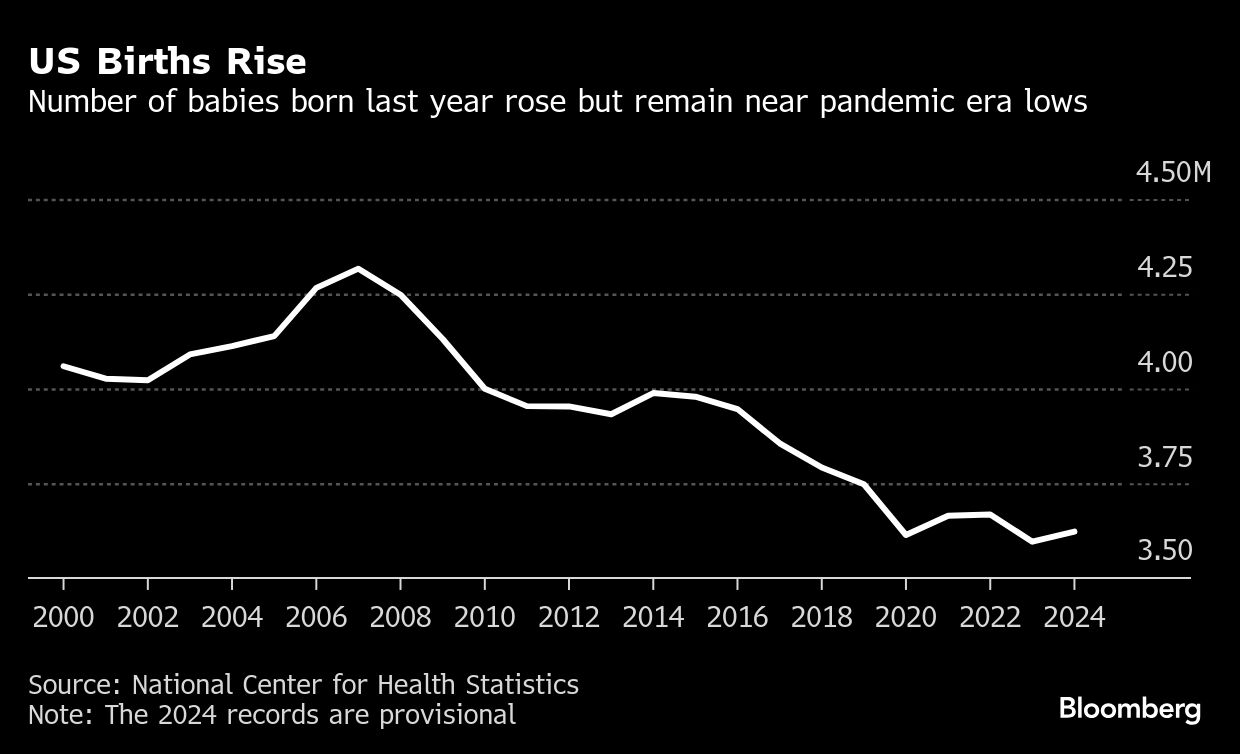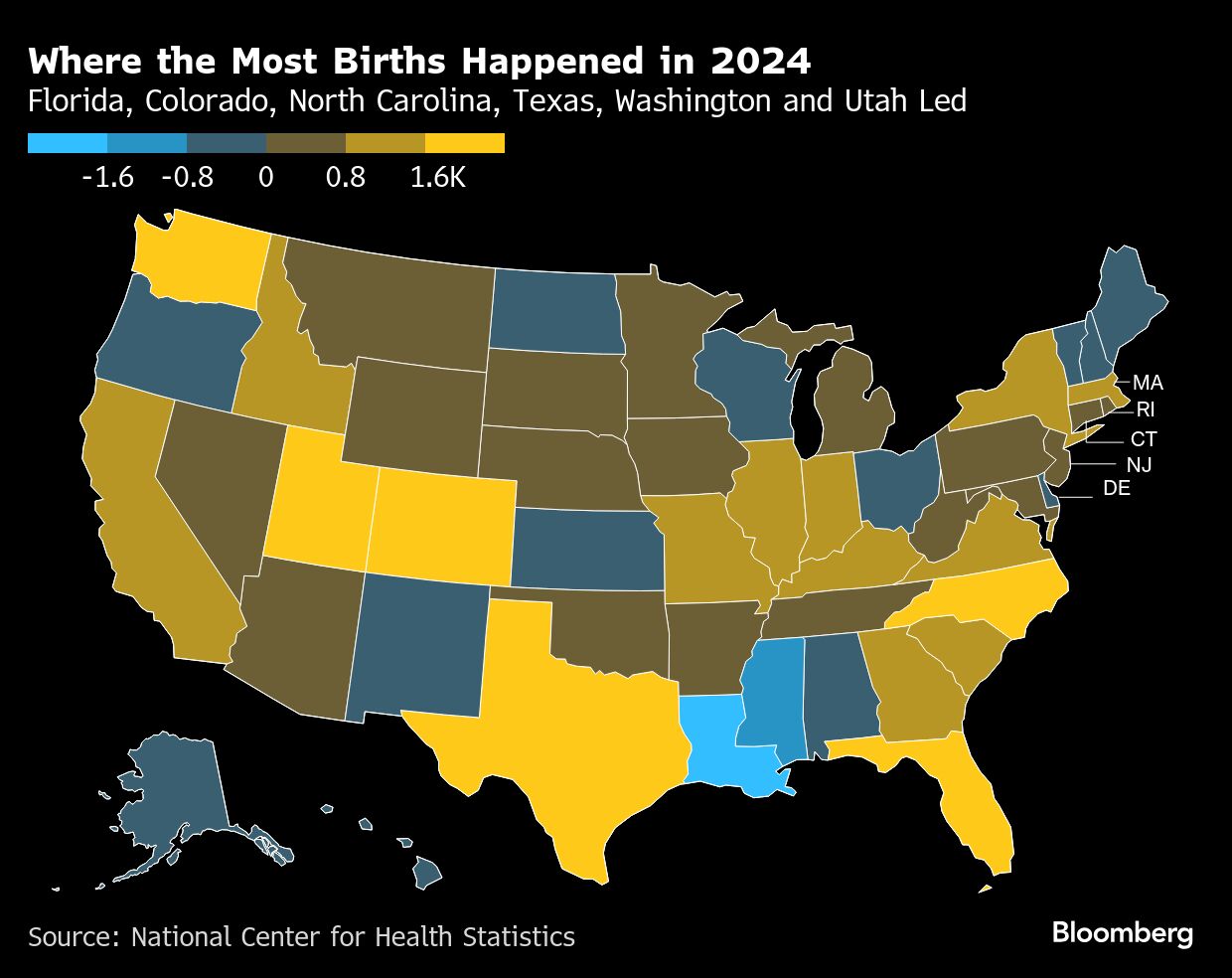
The number of US births rose last year after falling in 2023, driven entirely by Hispanics and Asians, based on provisional data from the CDC’s National Center for Health Statistics.
Births climbed 1 percent to more than 3.6 million, reflecting a 5 percent increase among Asian women and a 4 percent gain among Hispanics, according to data released Wednesday. Births declined for Black women and fell slightly among Whites.
ALSO READ: Asians top US population growth
Despite the annual increase in births, the total fertility rate remained below the replacement pace — the level at which a given generation can exactly replace itself. The fertility rate in the US has lagged behind more generally since 1971, and consistently since 2007.

Largely because it’s the most populous state at more than 39 million, California registered 401,515 births — the most in 2024. However, the states with the biggest annual increases were Florida, Colorado, North Carolina, Texas, Washington and Utah.
ALSO READ: US births drop to lowest level since 1970s
The number of births in California was just 11,000 larger than in Texas, which has a smaller population of 31.3 million.

Births in 15 states and the District of Columbia declined in 2024, led by Louisiana, and Mississippi.
READ MORE: Asians battle US xenophobia
By age, the trend of older women giving birth continued. Birth rates declined for females age 15-24, but increased for women in their 30s, particularly among women age 35–39.


